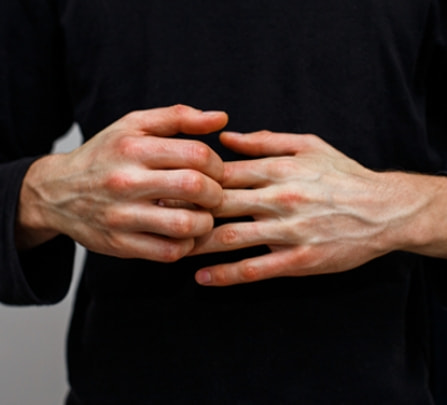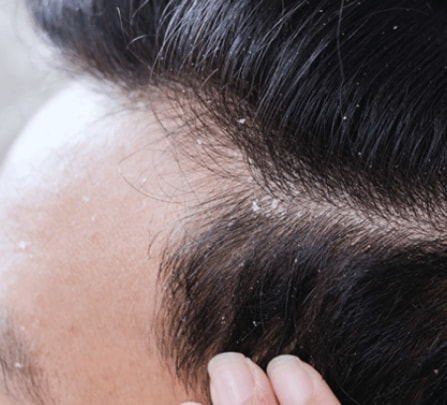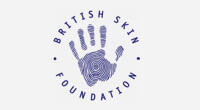Eczema & Dermatitis
What are eczema and dermatitis?
Eczema and dermatitis are often used interchangeably to describe a group of commonly occurring skin conditions. They affect up to 1 in 5 children and 1 in 12 adults. The signs and symptoms vary, but can include skin dryness, redness, and feeling hot and itchy. Eczema can affect any part of the body, although it most commonly appears on the hands, inside the elbows and behind the knees. It can also become inflamed, leading to additional redness and irritation during ‘flare ups’.
There are several different forms of eczema and dermatitis:
Atopic eczema/dermatitis
The most common form is atopic eczema, or atopic dermatitis, which tends to start during childhood. ‘Atopic’ means sensitivity to allergies. It often involves an overreactive immune system and so can be associated with asthma or hayfever. It is usually a long-lasting (or chronic) condition, which means the skin’s normal protective barrier is not as effective as it should be. When exposed to certain ‘triggers’, the skin can become dry, itchy, cracked, sore and red.
The underlying cause isn’t completely understood, but genetics appear to be an important contributing factor. The triggers that can make atopic eczema/dermatitis worse include emotional stress and various environmental factors.


Contact eczema/dermatitis
Contact eczema, or contact dermatitis, is caused by the skin coming into contact with substances that are irritant and/or cause an allergic reaction. Click here for a list of common triggers.
Contact eczema/dermatitis tends to be localised on particular contact areas of the body (often the hands or face). Sometimes it develops quickly after exposure; possibly making it easier to identify the problem substance. In other cases, the problem builds up gradually over a prolonged period of time. If you can identify and avoid substances that are problematic for you, this type of eczema/dermatitis should improve.
Seborrhoeic eczema/dermatitis
Seborrhoeic eczema/dermatitis affects about 4% of the population. It is characterised by red, scaly, sometimes itchy skin patches. These are often located on areas of the skin with lots of oil-producing glands – such as the scalp, face or chest – where overgrowth of harmless yeast-like microorganisms can also be a contributing factor. Dandruff is the most well-known, and often mildest, example. Seborrhoeic eczema/dermatitis tends to worsen with tiredness, stress and colder weather.

Treating eczema/dermatitis
Although it may not be possible to completely cure eczema and dermatitis, these dry skin conditions can be managed effectively by regular use of emollients, and by switching to a non-foaming, hydrating hand cleanser. By sticking to a comprehensive and consistent skincare routine and by avoiding soaps and detergents (where possible), you can improve your skin and keep your symptoms under control.
Need to know more?
For further expert advice on managing dry skin, you can visit:




